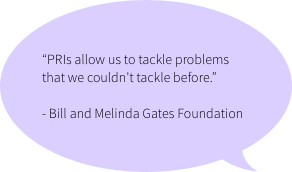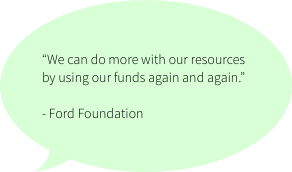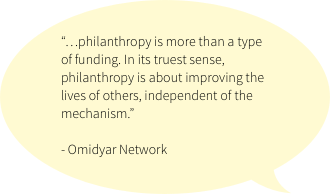Food for Thought
If giving large amounts of money to innovative (perhaps even unproven) ideas doesn’t sit well with you, you may want to mull this over for a bit.
In the technology sector, budding entrepreneurs are given huge amounts of virtually unrestricted capital. No one really thinks twice about it either. Regular folks like you and me think, “Well, I don’t know how to develop software or build an app for a smart phone. Those tech entrepreneurs are experts and know what they’re doing. I’m sure they need all that money.” And so, regular folks like you and me don’t question it.
But here’s something to think about—do you know how to solve poverty? Food deserts? Education inequities? We sure don’t. Which is why it doesn’t make sense for us to decide how much it should cost, or to tell those who’ve spent years working on strategic approaches and best practices to address these problems (i.e.; experts) how to use the money. Yet this is what happens all too often in the social sector. We’re outsiders here, just like we are to tech, and we’re guessing you are too. While there is something relatable about social issues that makes us feel like we have the right to weigh in (hey, we’re guilty sometimes too), it really should be left to the issue-specific experts.
It’s this kind of double standard that has skyrocketed tech innovation and left social innovation largely stagnant for years. Freedom to take risks, dream, and create. Certainly, like tech entrepreneurs, some social entrepreneurs will fail. But some will make it. Some may produce something so great that perhaps our great grandchildren will only read about cancer or homelessness in a textbook. And we think that’s a beautiful thought.
The only way to get there is to put the same fervor and support behind the latter type of innovation—social innovation. While this may require some rewiring in terms of how we think about addressing the issues we care about, it’s time we acknowledge the traditional way of making grants to nonprofits has yet to get close to solving any social problems. And that unless we do something different (different types of funding, different types of entities, different regulatory structures), we’re not going to achieve any different results.








